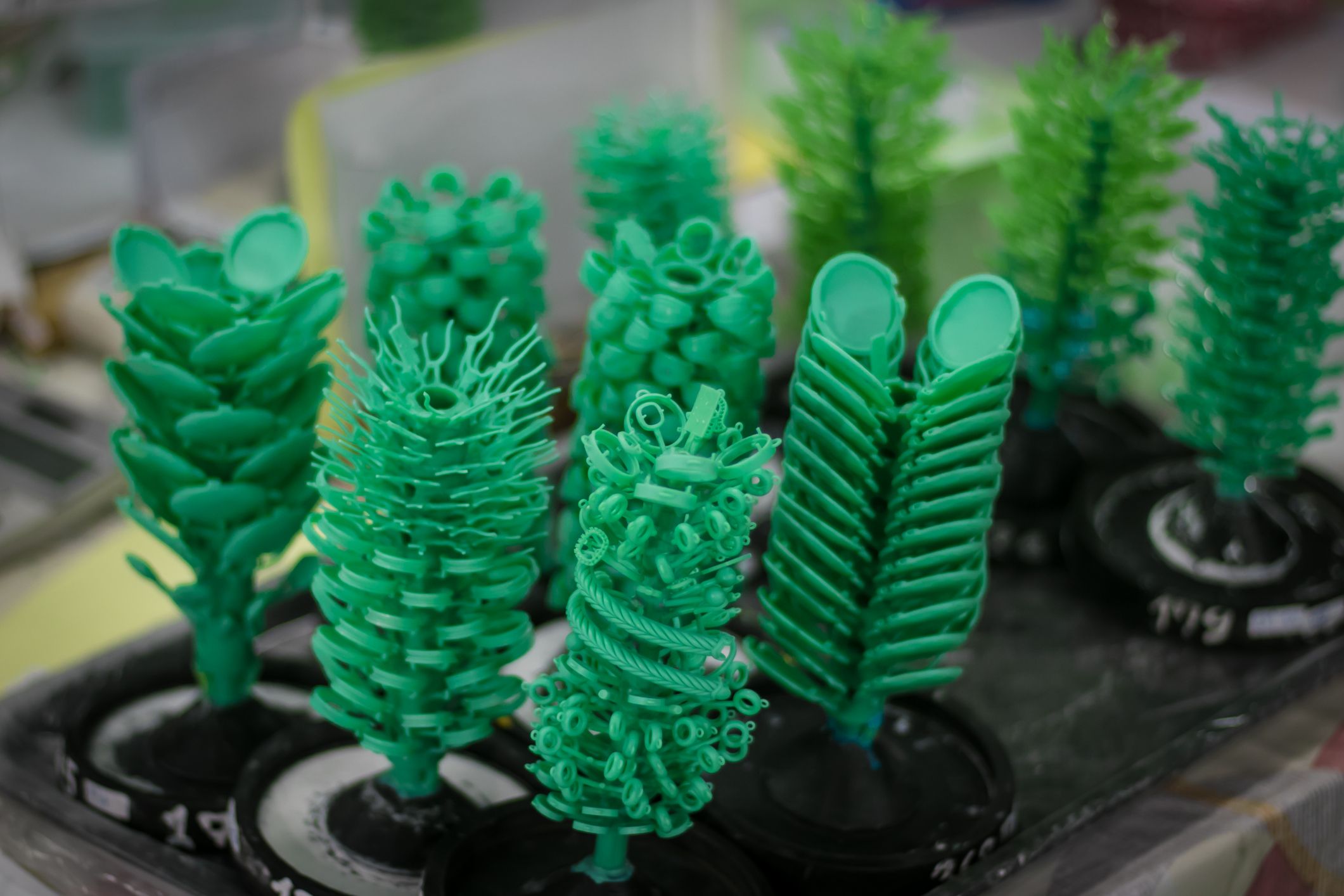Lost wax casting is a cornerstone of the jewelry industry, allowing artisans to transform intricate wax models into detailed gold pieces. While powerful, the process is highly sensitive to numerous variables. Small deviations can lead to defects such as incomplete fills, surface blemishes, or internal structural weaknesses. This guide explores the most common issues encountered during lost wax gold casting, their root causes, and proven remedies to improve casting quality.
Common Casting Problems and How to Fix Them
1. Flow Issues / Incomplete Mold Fill
Symptoms: Parts of the jewelry are missing, thin areas are incomplete, or the gold doesn’t reach the extremities of the mold.
Possible Causes:
- Low melt temperature: Gold must be molten enough to flow easily into fine areas of the mold.
- Low flask temperature: If the investment mold is too cool, gold will solidify prematurely.
- Poor sprue design: Inadequate or poorly placed sprues restrict metal flow.
- Air entrapment: In open systems or with poor venting, air in the mold can block metal entry.
Remedies:
- Raise metal and flask temperatures appropriately based on alloy used.
- Reassess sprue tree design to allow even flow and venting.
- Use vacuum-assist casting to reduce air resistance and improve fill.
2. Cracking in Castings
Symptoms: Hairline or large fractures in cast items.
Possible Causes:
- Thermal shock during quenching.
- Improper burnout cycle leaving residual wax.
- Overheating the flask causing mold degradation and expansion cracks.
Remedies:
- Allow flask to cool to recommended temperature before quenching.
- Use a controlled burnout cycle that includes adequate soak time at high temperatures.
- Do not exceed recommended investment burnout temperatures.
3. Pitting and Porosity
Symptoms: Small holes or rough areas on the surface or inside the casting.
Possible Causes:
- Gas entrapment in molten metal.
- Too rapid cooling or premature quenching.
- Contaminants in scrap gold.
Remedies:
- Degas the melt or use a protective flux.
- Avoid quenching until the flask cools to a stable temperature (usually around 400–600°F for gold).
- Use clean, fresh gold or properly refined scrap with known composition.
4. Dark Spots and Surface Staining
Symptoms: Discoloration or oxide patches on the casting.
Possible Causes:
- Oxidation from torch melting or poor shielding.
- Investment breakdown and contamination.
- Metal impurities, especially in reused scrap.
Remedies:
- Use a reducing atmosphere or vacuum melting system.
- Avoid overheating the flask or the metal.
- Use fresh alloy and avoid overusing scrap without refining.
5. Hard Spots in the Metal
Symptoms: Areas that are more difficult to polish or machine.
Possible Causes:
- Alloy segregation during cooling.
- Contaminated or impure scrap.
- Improper quenching causing uneven cooling rates.
Remedies:
- Mix and melt alloys thoroughly to ensure homogeneity.
- Use only clean, homogenized gold alloy.
- Quench after partial cooling to avoid thermal shock and promote uniform structure.
Critical Casting Variables
Melt Temperature
Gold alloys have specific melting ranges. Overheating increases oxidation risk and gas absorption, while underheating results in poor mold fill. For 14K yellow gold, typical casting temperatures range from 1,750°F to 1,900°F depending on alloy and flask temperature.
Flask Cooling and Quench Timing
Rapid quenching can cause cracking or internal stress; delayed quenching can result in harder, more brittle metal. Standard practice is to allow 10–15 minutes cooling after casting before quenching, but this varies by alloy and piece size.
Environmental Factors
- Humidity: High humidity can affect investment strength and lead to mold failure.
- Airborne contaminants: Oils or dust can compromise investment surfaces or contaminate molten metal.
Control your casting room environment with air filtration and humidity control to maintain investment and metal purity.
Vacuum vs. Torch Melting Systems
Vacuum or Induction Melting (Closed Systems)
- Pros: Better atmosphere control, reduced oxidation, uniform melts.
- Cons: Higher initial cost, technical learning curve.
Torch Melting (Open Systems)
- Pros: Low cost, flexibility for small batches.
- Cons: Increased oxidation, inconsistent heating, more prone to contamination.
Recommendation: For consistent, high-quality results in gold casting, closed system melting (vacuum or induction) is preferable, especially for high-volume or high-karat work.
The Scrap Gold Dilemma
While cost-effective, scrap gold can introduce serious quality issues:
- Contaminants such as solder, base metals, or oxides.
- Alloy degradation with repeated remelting.
- Inconsistent casting performance due to varying composition.
Best Practice: Use fresh alloyed gold whenever possible. If recycling, use only clean, sorted scrap and re-alloy it with fresh master alloy. Avoid soldered pieces or unknown origins.
Final Recommendations for High-Quality Gold Casting
- Use fresh, verified gold alloys or properly refined scrap.
- Control melt and flask temperatures precisely, based on alloy and model complexity.
- Avoid environmental contamination by maintaining a clean, controlled workspace.
- Optimize your casting system—invest in vacuum/induction systems for repeatable results.
- Fine-tune sprue and mold design for better flow and venting.
- Follow a consistent burnout and quench protocol to minimize cracking and porosity.
Conclusion
Lost wax casting in gold is both art and science. Mastery of process variables, a clean working environment, and attention to alloy quality are key to producing flawless cast jewelry. Whether you’re working in a high-tech facility or a small studio, understanding the science behind common casting defects and their remedies is essential for crafting gold pieces that are not only beautiful, but structurally sound.
